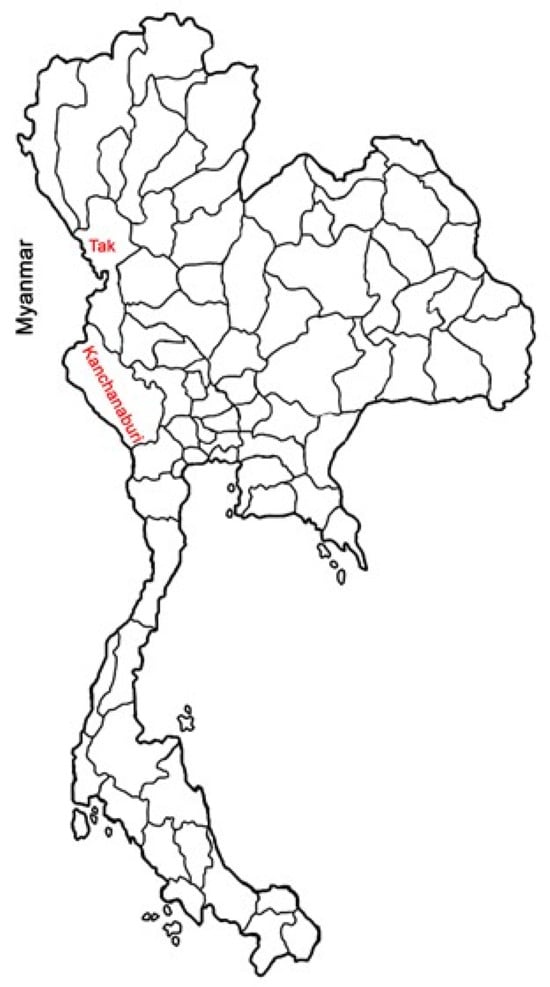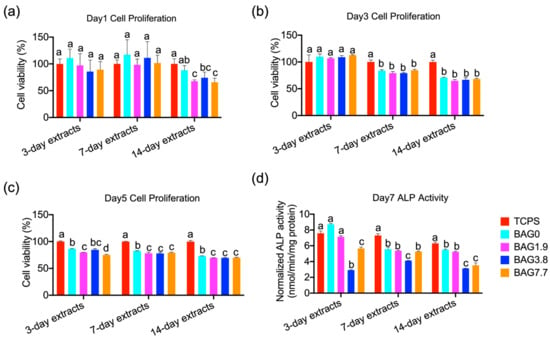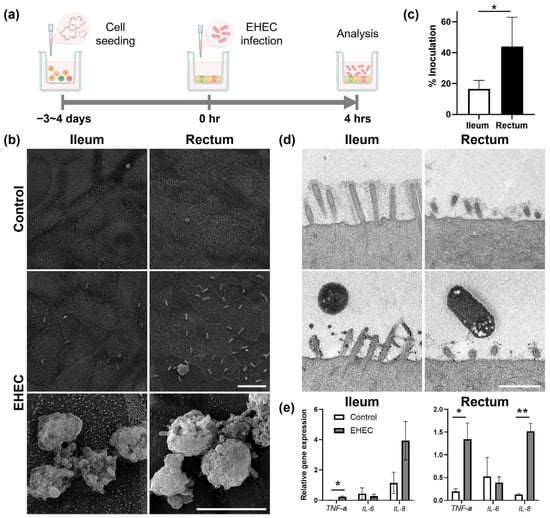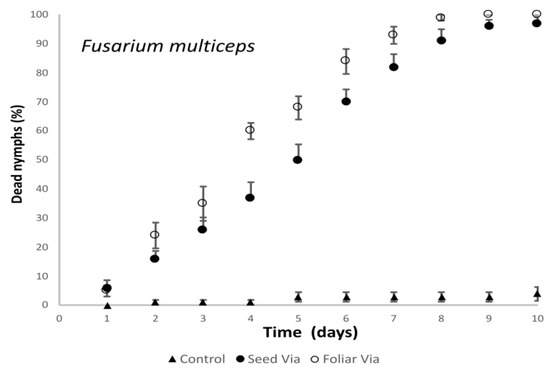Based on the hourly surface ozone (O
3) observations and meteorological data from Zhuzhou in 2021, the pollution characteristics and influencing factors of O
3 in Zhuzhou were investigated in the study. In addition, the Potential Source Contribution Function (PSCF) and Concentration
[...] Read more.
Based on the hourly surface ozone (O
3) observations and meteorological data from Zhuzhou in 2021, the pollution characteristics and influencing factors of O
3 in Zhuzhou were investigated in the study. In addition, the Potential Source Contribution Function (PSCF) and Concentration Weighted Trajectory (CWT) analysis methods were employed to analyze the transmission paths and potential pollution sources of O
3 pollution in Zhuzhou. The results showed that the total number of days with O
3 exceeding the standard at all monitoring stations in Zhuzhou was 142 days in 2021. The overall air quality was less affected by SO
2, NO
2, and CO, and the trend of O
3 pollution was still increasing. The concentrations of O
3, CO, and NO
2 varied significantly in different months, and the variation of O
3 exhibited a “double-peak” pattern, with the peak value occurring in September. The O
3 concentration in urban areas was significantly higher than that in suburban areas. Meteorological conditions had a significant impact on the degree of O
3 pollution in Zhuzhou. The average wind speed in Zhuzhou throughout the year was 1.7 m/s, and the prevailing wind direction in summer was southeast, with a frequency of 16%. O
3 pollution was mainly transported by short-distance airflow during the over-standard periods in 2021, accounting for 37.64%. The main source of O
3 pollutant was from Jiangxi Province in the east, with the shortest distance of regional transport and the highest O
3 concentration. In addition, transportation from central Guangdong Province, western Jiangxi Province, and central Hubei Province also had a significant impact.
Full article
 IJMS
IMPACT
IJMS
IMPACT Applied Sciences
IMPACT
Applied Sciences
IMPACT Sustainability
IMPACT
Sustainability
IMPACT Sensors
IMPACT
Sensors
IMPACT JCM
IMPACT
JCM
IMPACT Energies
IMPACT
Energies
IMPACT Molecules
IMPACT
Molecules
IMPACT Materials
IMPACT
Materials
IMPACT Remote Sensing
IMPACT
Remote Sensing
IMPACT Cancers
IMPACT
Cancers
IMPACT Electronics
IMPACT
Electronics
IMPACT Mathematics
IMPACT
Mathematics
IMPACT Foods
IMPACT
Foods
IMPACT Buildings
IMPACT
Buildings
IMPACT Plants
IMPACT
Plants
IMPACT Nutrients
IMPACT
Nutrients
IMPACT Animals
IMPACT
Animals
IMPACT Polymers
IMPACT
Polymers
IMPACT Water
IMPACT
Water
IMPACT Diagnostics
IMPACT
Diagnostics
IMPACT Biomedicines
IMPACT
Biomedicines
IMPACT Agronomy
IMPACT
Agronomy
IMPACT Microorganisms
IMPACT
Microorganisms
IMPACT Processes
IMPACT
Processes
IMPACT Healthcare
IMPACT
Healthcare
IMPACT Forests
IMPACT
Forests
IMPACT Cells
IMPACT
Cells
IMPACT JMSE
IMPACT
JMSE
IMPACT Medicina
IMPACT
Medicina
IMPACT Viruses
IMPACT
Viruses
IMPACT Agriculture
IMPACT
Agriculture
IMPACT Nanomaterials
IMPACT
Nanomaterials
IMPACT IJERPH
IJERPH
 Land
IMPACT
Land
IMPACT Pharmaceutics
IMPACT
Pharmaceutics
IMPACT Pharmaceuticals
IMPACT
Pharmaceuticals
IMPACT Religions
IMPACT
Religions
IMPACT Biomolecules
IMPACT
Biomolecules
IMPACT Life
IMPACT
Life
IMPACT Micromachines
IMPACT
Micromachines
IMPACT Atmosphere
IMPACT
Atmosphere
IMPACT Antioxidants
IMPACT
Antioxidants
IMPACT Genes
IMPACT
Genes
IMPACT Metals
IMPACT
Metals
IMPACT Symmetry
IMPACT
Symmetry
IMPACT Children
IMPACT
Children
IMPACT Coatings
IMPACT
Coatings
IMPACT Vaccines
IMPACT
Vaccines
IMPACT Horticulturae
IMPACT
Horticulturae
IMPACT Education Sciences
IMPACT
Education Sciences
IMPACT Minerals
IMPACT
Minerals
IMPACT Brain Sciences
IMPACT
Brain Sciences
IMPACT JPM
IMPACT
JPM
IMPACT Bioengineering
IMPACT
Bioengineering
IMPACT













